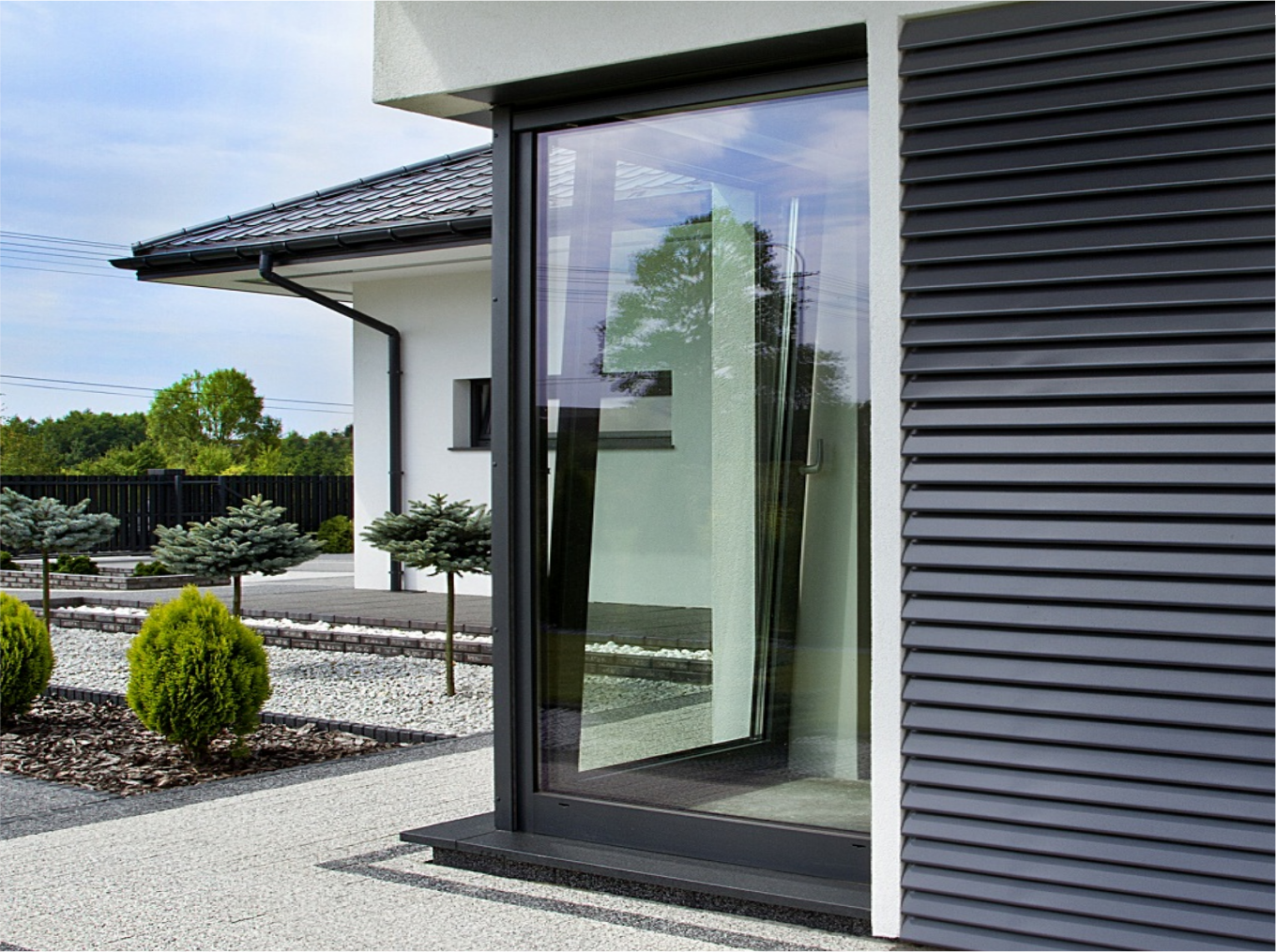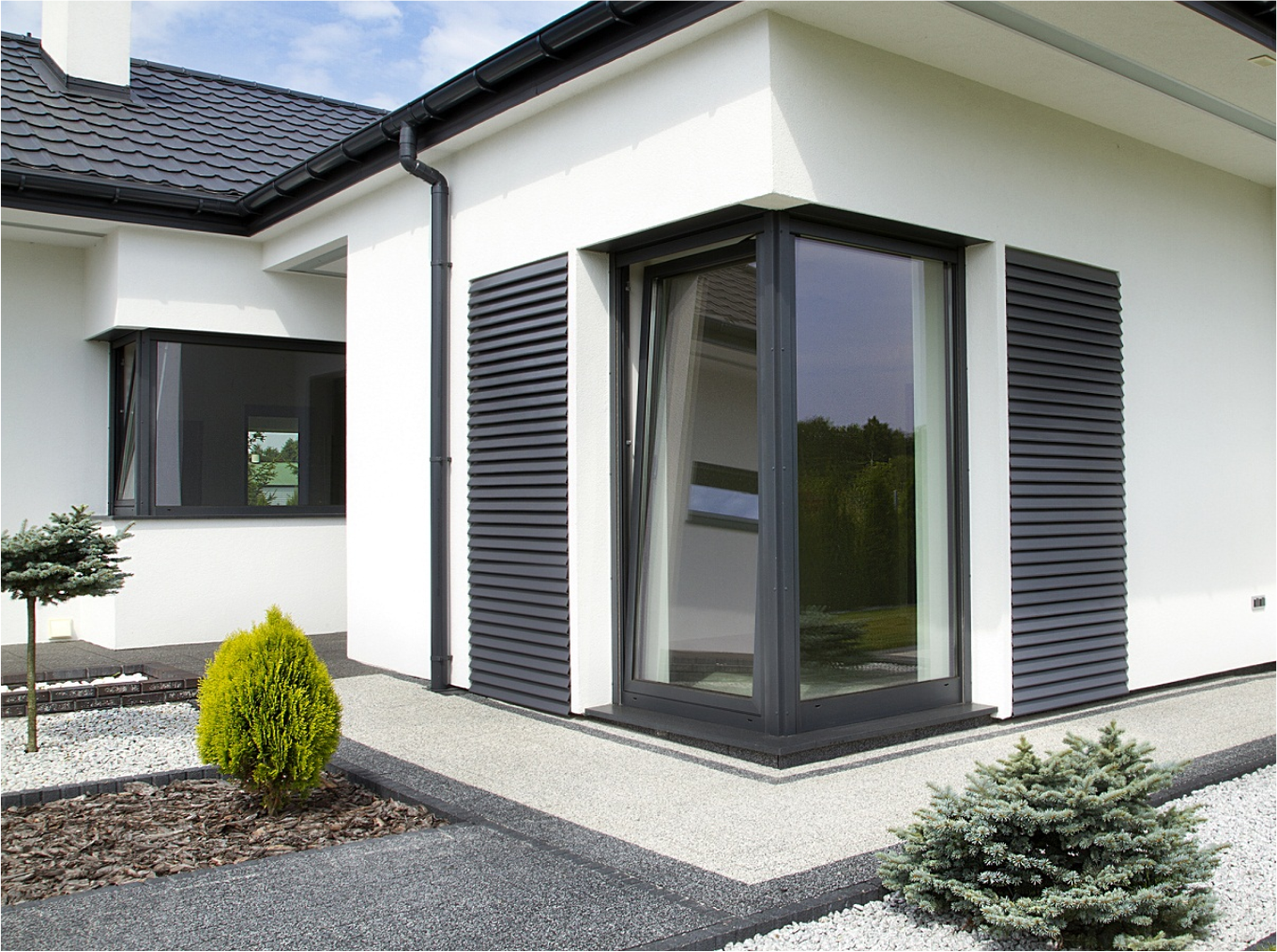The choice of window and door joinery for a newly built house is quite a dilemma.
Nowadays the selection is not only about the material from which the constructions are to be made. When making a decision you should take into account several aspects such as: aesthetics, safety, functionality and comfort of use, tightness and - above all - energy efficiency.
The lifespan of windows and doors is currently estimated at around 30 years, so we should bet on faultless products of the highest quality, such as the Yawal window and door systems, which can be used to make energy-efficient windows, panel doors, shop windows or partition walls.
HEAT TRANSFER COEFFICIENT
The most important task of a modern windows is to retain heat inside the building, which translates into a reduction of energy consumption and ultimately into lower heating costs. The increasing size of windows is also important in this regard, as they not only contribute to better illumination of the building, but above all to obtaining solar energy.
According to the Polish legal regulations in force, a woodwork whose heat transfer coefficient Uw is no more than 0,9 W/(m²K) for windows, 1,3 W/(m²K) for doors, is considered energy efficient. This standard is even more stringent for passive houses. According to the guidelines of the Institute for Passive Buildings in Darmstadt, Uw in this type of construction should not exceed the level of 0,8 W/(m²K). This is all well and good, but to put it simply, what does this coefficient mean in practice? Saving money!
Lowering the index by as little as 0,1 W/(m²K) allows you to reduce your annual expenditure on heating by EUR 175 to EUR 300 (the value calculated for a 200 m² flat). This may not be a very large value individually, but when calculated over a 30-year period, it can add up to more than EUR 9000.


ENERGY-EFFICIENT ALUMINIUM PROFILES
How do manufacturers achieve the right level of heat transmission?
The glazing plays a huge role in this case. The thicker the glazing package and the greater the percentage of glass panes in the total window surface, the more energy-efficient it becomes.
Yawal systems allow for the application of all types of two- and three-chamber glass panes available on the market. Another important element is the aluminium profile, from which the window frames are constructed. They have a chamber structure supplemented with two thermal separators of complicated shapes, responsible for keeping heat inside the room. The way the separators are arranged inside the system is very important. The simpler the isotherm they form, the greater the thermal insulation of the whole structure will be. Yawal systems are among the market-leading solutions in terms of the best thermal properties.
WARM INSTALLATION METHOD
Buying energy-efficient windows is only half the battle. Even the best constructed windows or doors will not fulfil their properties if they are installed in the wrong way. Energyefficient window and door constructions should be installed using the warm installation method.
The traditional way of installing windows and doors in the building wall causes thermal bridges which contribute to the loss of heat and increase the risk of dampness in the wall in contact with the window. An alternative is the method of layered installation, otherwise known as "warm installation". The essence of this method lies in placing the structure in the insulation layer.
In the layered assembly, a properly constructed scaffolding, on which the whole window construction is based, plays a very important role. It is created by means of a tight support frame mounted to the wall. It is built in a segmented manner from the so-called warm assembly beams, which are made of insulating material (e.g. polystyrene EPS).